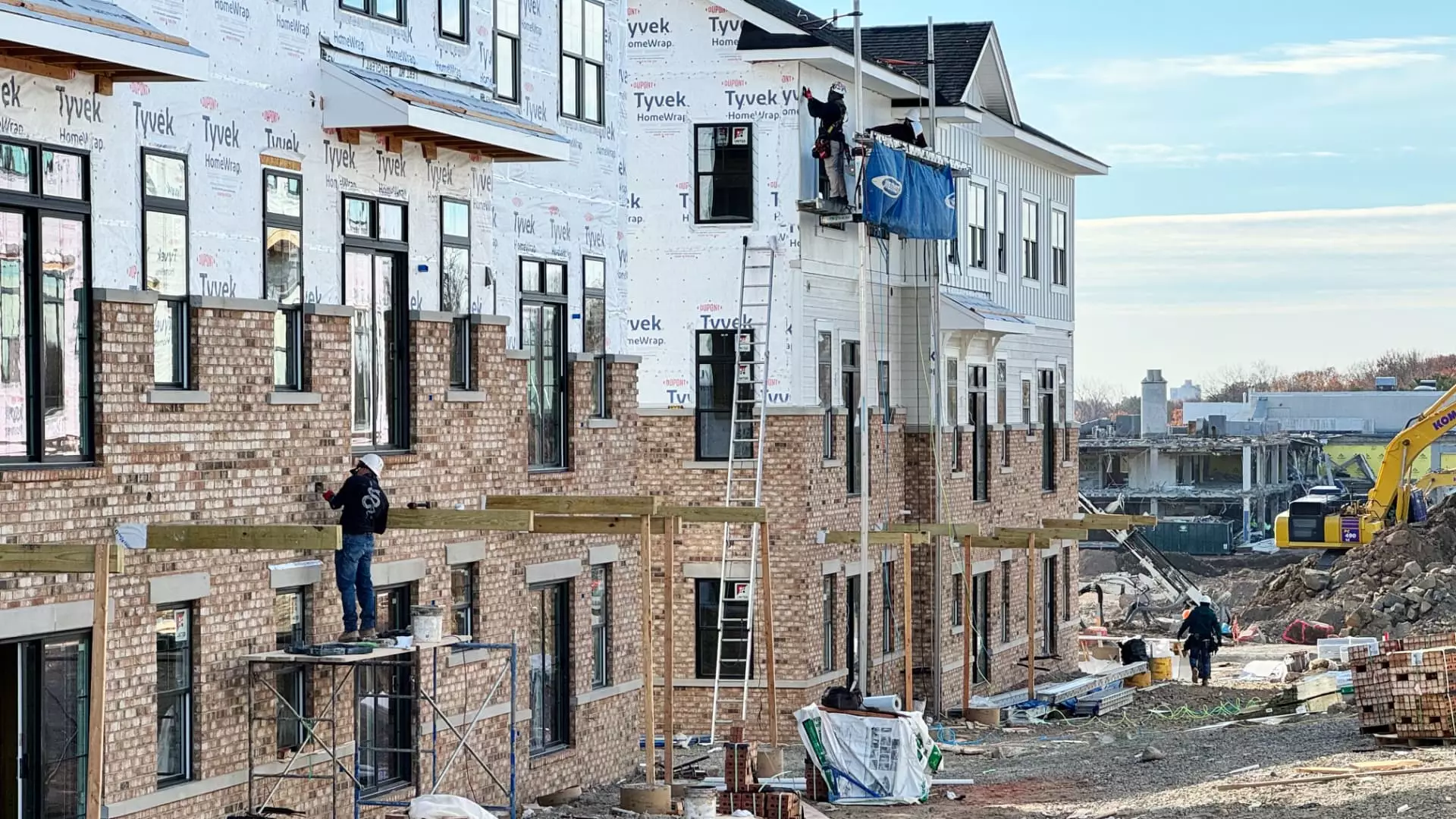The complex interplay between inflation, housing costs, and federal policy poses significant challenges for incoming administrations, particularly for President-elect Donald Trump. As the economy braces for continued inflationary pressure, housing remains a pivotal factor that demands careful analysis and strategic intervention. This article delves into the current state of the housing market as it relates to inflation, scrutinizes the limitations of federal influence, and explores potential implications for the new administration’s policies.
The latest consumer price index (CPI) data provides a mixed picture of the housing market’s contributions to overall inflation. While November’s report indicates the smallest annual increase in housing costs since February 2022, the ongoing surge in expenses remains troubling. Specifically, the shelter component of the CPI, contributing approximately one-third of the overall index, saw an annual rise of 4.7%. This level, last observed before the pandemic in the early ’90s, signals persistent inflationary trends that cannot be overlooked.
The data reveals that, despite some signs of slowing growth in monthly rent figures, housing costs continue to exert pressure on inflation metrics. According to the Bureau of Labor Statistics, housing accounted for about 40% of the monthly uptick in the price index, surpassing even food costs in its inflationary impact. This disconnect suggests that while progress may be being made, significant hurdles still exist before inflation can return to the Federal Reserve’s target rate of 2%.
The ongoing issue of supply outstripping demand has been a longstanding concern for housing economists, particularly since the onset of the COVID-19 pandemic. Current housing supply remains approximately 17% below its pre-pandemic levels. This lack of inventory not only contributes to rising rent prices but also stymies efforts to establish a more balanced housing market. As the average national rent hovers around $2,009 per month—a figure reflecting an annual increase of 3.3%—it becomes evident that rent inflation could have far-reaching consequences for national economic stability.
The situation is compounded by rising interest rates, which elevate mortgage costs and further pressure potential homebuyers. Despite recent cuts in the Federal Reserve’s benchmark borrowing rate, the average 30-year mortgage has concurrently increased, underscoring a troubling paradox. For the Trump administration, steering through these challenges will be critical, especially with proposed policies that could inadvertently exacerbate the inflationary landscape.
While federal policymakers undoubtedly possess limited influence over housing costs, the Trump administration’s approach to regulatory reform could be pivotal. During the campaign, Trump emphasized the need for deregulation and opened the door to the possibility of federal land use for construction, alongside initiatives aimed at simplifying processes for homebuilders. Such moves could stimulate housing supply and relieve some inflationary pressure, but they hinge on effective implementation—a reality complicated by the potential inflationary nature of Trump’s broader economic policies, including tariffs and tax breaks.
Leading economists caution against the expectation that these initiatives will yield immediate results. Lisa Sturtevant, chief economist at Bright MLS, suggested that the cumbersome nature of housing supply dynamics means any meaningful changes would likely unfold over an extended period. The question remains whether the incoming administration will prioritize the housing market strategically or if other economic pressures will overshadow the issue, leaving it largely unresolved.
The sentiment on Wall Street regarding the housing situation has been cautiously optimistic. Some analysts suggest that rents may be stabilizing in line with the desired inflation rate. This view, however, is tempered by the recognition that even a slowdown in the rate of increase may not suffice to alleviate the broader inflationary challenges. As noted by Robert Frick, corporate economist at Navy Federal Credit Union, shelter costs remain the principal driver of higher prices.
The unfolding dynamics present our new president with a potential Catch-22; interest rates cannot be eased until housing costs decrease, yet a decline in housing costs is unlikely without lower interest rates. This intricate dance underscores the critical nature of synchronized policy moves and point to the need for a holistic economic approach that considers the nuances of inflation, housing, and regulatory controls.
As the Trump administration prepares to take office, the relationship between housing costs and inflation must be meticulously addressed. While the paths toward mitigating these dual challenges remain complex and fraught with difficulties, the administration’s choices in policy-making could determine the success of efforts to stabilize the economy and achieve a more balanced housing market.

